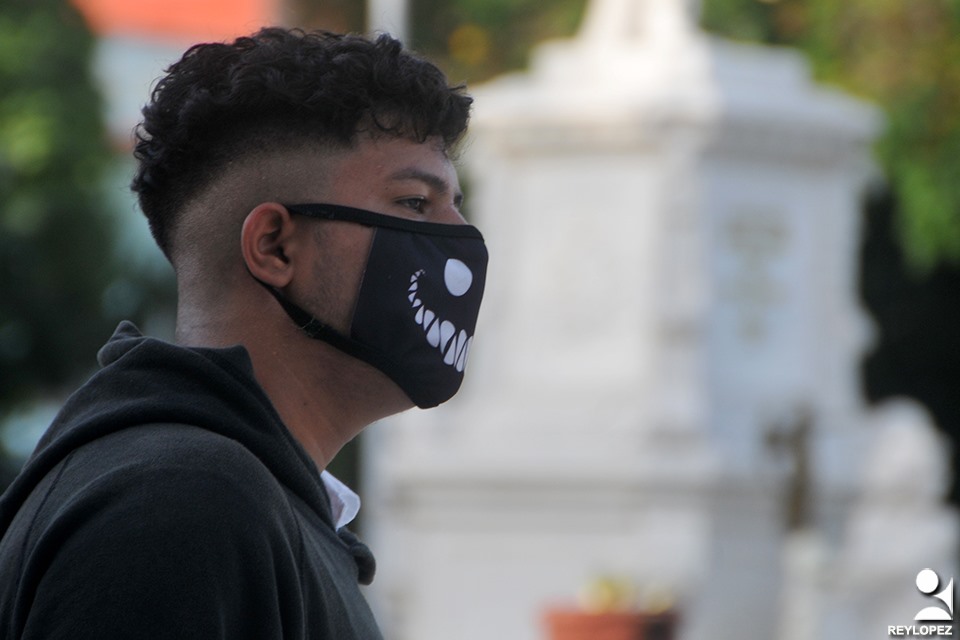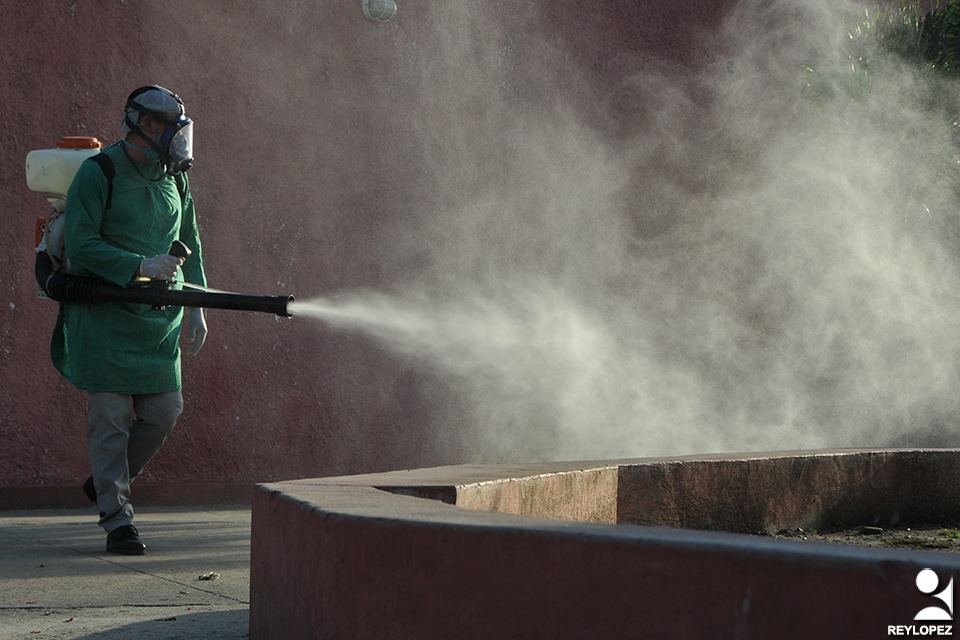
With nine active cases out of a total 10 detected throughout the month, August went down in history as the second most tense in the fight against the new coronavirus in this eastern Cuban province. Only April, when the pandemic reached its peak here, showed slightly higher numbers.
SIMILAR NUMBERS, DIFFERENT CONTEXT
Las Tunas, Cuba.- On August 9, a chain of 83 days without incident cases in the territory's rate per 100,000 inhabitants was broken. This fact marked the opening of a different scenario of what had been seen so far in these in this region.
In contrast to April, when the patients appeared in several municipalities, within these, in different health areas, and as a result of the influx of international travelers, now all those affected were concentrated in the same area: the Gustavo Aldereguía polyclinic, in the provincial capital. This means that there is no transmission of SARS-CoV-2 here, so Las Tunas can remain in phase 3 of the recovery, without this implying dismantling the established protocols for epidemiological surveillance.
Regarding what was seen in the fourth month of the year; another relevant distinction is that in August none of those confirmed exceeded 60 years of age, which makes the Balcony of Eastern Cuba consistent with the national trend that increased new positives in the country are young. This time it was the turn of Las Tunas assistance institutions to take care of COVID-19 patients, a detail that speaks volumes about the experience gained by the Health System as a whole.
The passage of Tropical Storm Laura added a new factor to the equation, since the traditional schemes for the protection of lives against extreme weather events had to also consider how to guarantee, for example, due physical distancing in the centers for evacuees. In parallel, the territory completed the random population study in the municipalities of Las Tunas and Manatí, which included 127 people.
 CONSTANT ALERT
CONSTANT ALERT
“I believe that both the beginnings of the pandemic and the current outbreak have a common denominator: the fact that while the virus circulates in Cuba and in the world there is a probability of transmission of the disease. Hence the importance of not underestimating the situation and complying with the indications of the Health System," says Dr. Aldo Cortés González, deputy director of the Provincial Center for Hygiene, Epidemiology and Microbiology.
Looking back, the specialist highlights that when the use of the facemask became widespread, acute respiratory infections decreased. "In recent weeks, he warns, there has been an increase in medical attention for this cause because people have stopped wearing that garment."
In the face of each new positive, Cortés González insists, the fundamental actions have been aimed at identifying, in the first place, the possible carriers of the virus to prevent the spread: “We detect and keep under surveillance people from risk areas or contacts of those who come from those places or are contacts of the confirmed ones. That is, he emphasizes, the procedure that has been followed around the existing family focus in the provincial capital.”
USE YOUR FACEMASK!
While the entire country looks with hope at the progress of the Cuban vaccine candidate, it is clear that there can be no relaxation in the measures applied, because Sovereign 01 will still take several months to be applied en masse to the population.
For this reason, on the last day of August, the Provincial Defense Council reiterated that the use of the facemask is mandatory in all public spaces in the territory, regardless of the existence or not of crowds of people.
"Beyond the vaccine that will offer us the defense against SARS-CoV-2, there is everything that human beings can do to protect ourselves: use the facemask, disinfect hands, clean surfaces, maintain physical distance," Dr. Cortés González says.
Perhaps one of the most difficult aspects will continue to be the control of travelers coming from places with more complex epidemiological situations, especially Havana. Only in the last 11 days of August, more than 300 people arrived in Las Tunas from the capital of the country and, although the majority did so through the established mechanisms, the presence of others was revealed by the convenient popular alert.
“The call to the travelers - emphasizes the expert - is to maintain self-isolation measures within the family itself and limit going out during the first 10 days of stay in the territory. Before the appearance of any symptoms they should go immediately to the doctor.”
The local authorities increased the rigor in surveillance at the existing checkpoints on the roads, which, combined with more extreme rules restricting the movement of people in the capital city, could clear the outlook for the coming months. However, the future poses for Las Tunas, as for the rest of the provinces that have done so, the challenge of consolidating the progress made, just when the resumption of the 2019-2020 school year is a reality.




